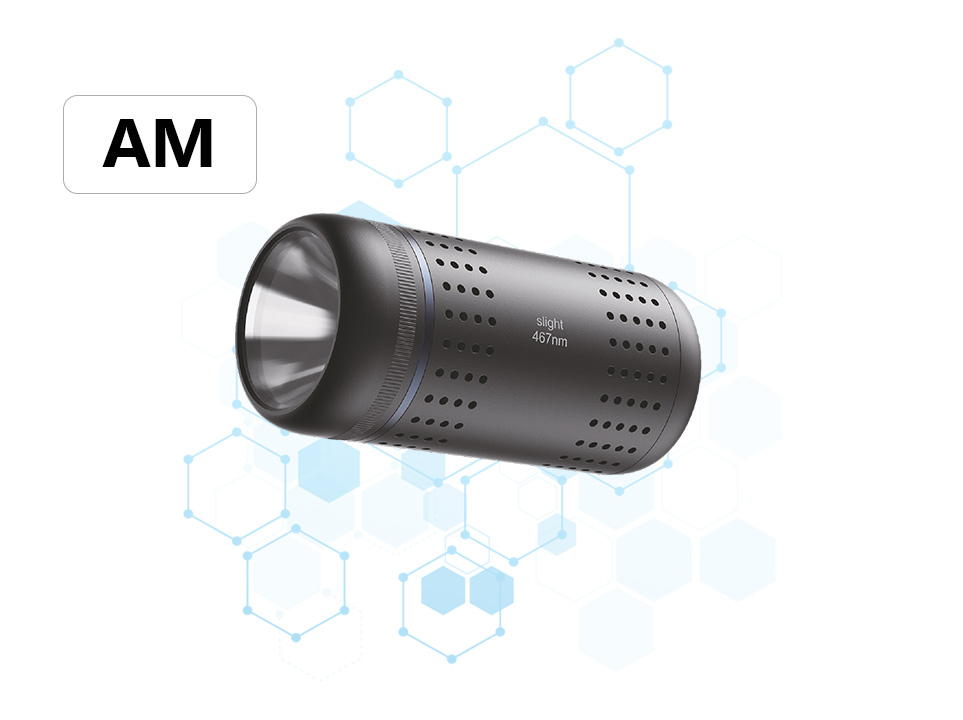Working Principle and Product Features of the 6-Well Parallel Light Reactor
The working principle of the 6-well parallel light reactor primarily hinges on photochemical principles and precise temperature control. Below is a detailed explanation of its working principle:
Light Energy Excitation: The parallel light reactor employs a light source of specific wavelengths to illuminate reactants. The light energy excites electrons within the reactants, elevating them to a higher energy state. This excitation process provides the necessary energy for subsequent chemical reactions.
Photogenerated Electrons and Holes: The excited electrons form photogenerated electrons, while holes are left behind in the reactants. These photogenerated electrons and holes further participate in redox reactions on the catalyst or reactant surface, facilitating the breaking or formation of chemical bonds.
Selective Reaction Control: By adjusting the wavelength and intensity of the light source, researchers can precisely excite target reactants, thereby enhancing the selectivity of reaction products.
Temperature Control: The rate and selectivity of chemical reactions are often influenced by temperature. The 6-well parallel light reactor is equipped with an advanced temperature control system that can monitor and adjust the temperature within the reaction cells or baths in real-time, maintaining it within the set target temperature range to ensure precision and stability of the reaction temperature.
Product Features of the 6-Well Parallel Light Reactor:
Workstation Design: It features six independent reaction workstations, allowing for the simultaneous photocatalytic reaction of six samples, significantly enhancing experimental efficiency.
Light Source Control: The power of the light source for each workstation can be independently adjusted. The light source intensity is stable, and the light source module can be easily inserted and removed for replacement and maintenance.
Temperature Control: It incorporates a built-in temperature control module that can monitor and accurately control the reaction temperature in real-time, ensuring the stability and reproducibility of experimental conditions.
Mixing System: It is equipped with an internal magnetic stirrer with adjustable stirring speeds, ensuring uniform mixing of reactants and enhancing reaction efficiency.
Versatile Applications: It is suitable for photocatalytic reaction research in various fields such as drug synthesis and screening, material modification, and biological modification.
In summary, the 6-well parallel light reactor, with its efficient, flexible, and stable characteristics, has become an important tool in photochemical reaction research.





